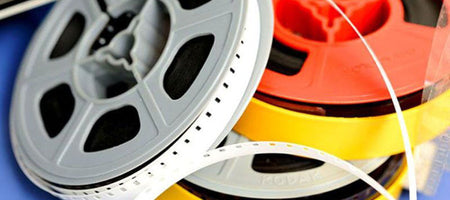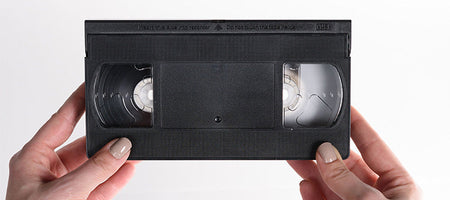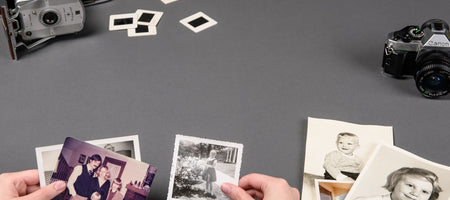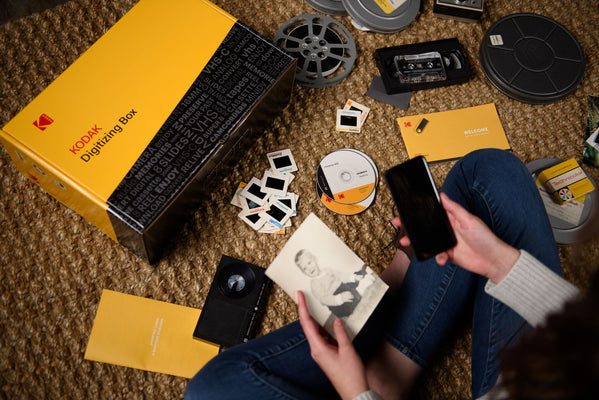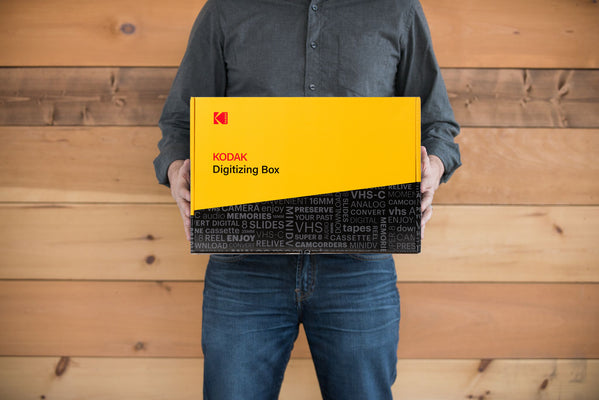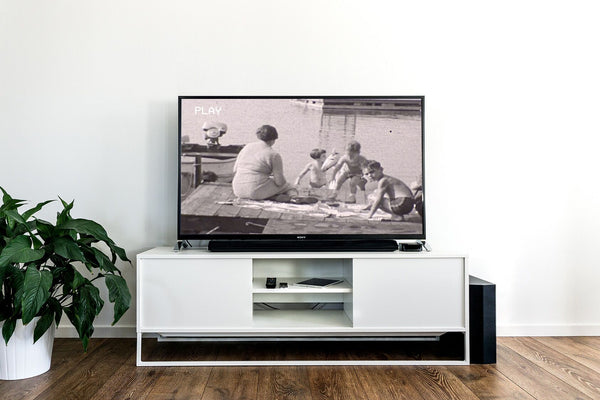We receive lots of questions here at Kodak. We totally understand; media is complicated! Between the different formats throughout history and the emergence of new technologies, it feels impossible to keep up with everything.
But we receive one question more than almost any other: what’s the difference between analog and digital?
It’s a great question, and it’s a little bit tricky. The reason it’s tricky is because there’s a simple answer, but in order to understand the simple answer, you have to know a couple of things first.
First, the simple answer is: digital media is stored and coded digitally, and analog media isn’t. Pretty easy, right?
Of course it’s not that easy. First we have to figure out what analog actually means. That term in itself is a little tricky, but not impossible to understand. Think about it like this: analog media is something that doesn’t have to be translated before you can use it.
Let’s imagine a record player, for example. Vinyl LPs are the perfect illustration of analog media, because they’re essentially sound waves etched into a piece of plastic. A record player works by scratching a needle on the sound waves. The needle vibrates, then those vibrations feed through a filament, passes into speakers, and sound comes out. If we think about it, the sound waves didn’t change throughout the process. They were just amplified.
A printed picture is considered analog. You just look at the picture and you can see it. Projected film is analog. Cassette tapes are analog. None of those formats require the data stored on them to be translated before it’s played back. Something just has to “read” it.
Digital is a whole different ball game.
Digital formats are all stored onto hard drives, CDs, or DVDs as code. A picture taken on film is stored as a picture. Digital pictures are converted into a bunch of 1s and 0s, then stored. Using computer programming, each pixel of a digital photo is converted into a string of numbers that requires a computer to read what they really mean.
When you take a digital picture, your camera views the image through the aperture, then it uses software that’s built into it to convert the entire thing into a long, long string of numbers. Then you need a computer or other reading device to see it. In this case, the device has to “read” the code and translate it.
In other words, something has to change the stored information into something usable in order to see the picture. If you didn’t have something to translate it, you’d just have a string of useless numbers.
So the difference between digital and analog media is that digital media is translated and stored as code. Analog isn’t. Analog media is basically stored the same as it actually is. Records are just etched sound waves; pictures are things you can look at, etc. They don’t need anything to make them work.
Good luck looking at a digital picture without a computer, camera, or phone!

